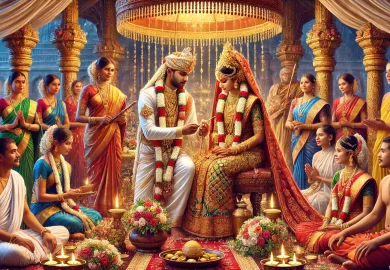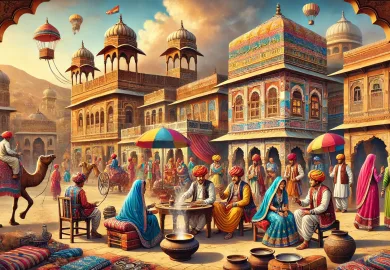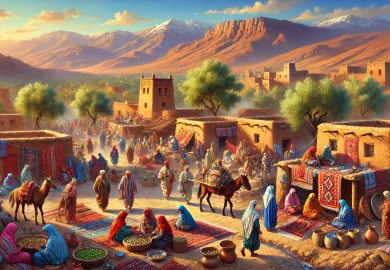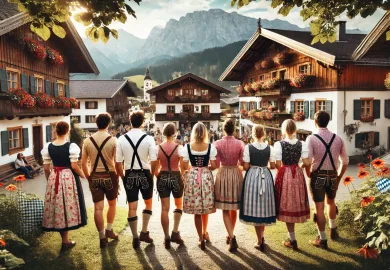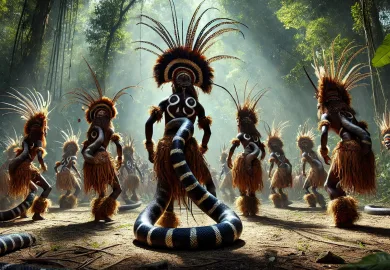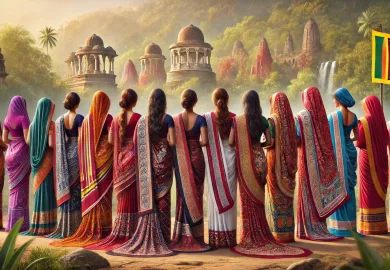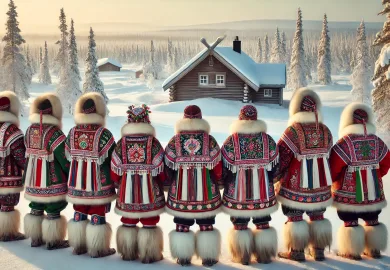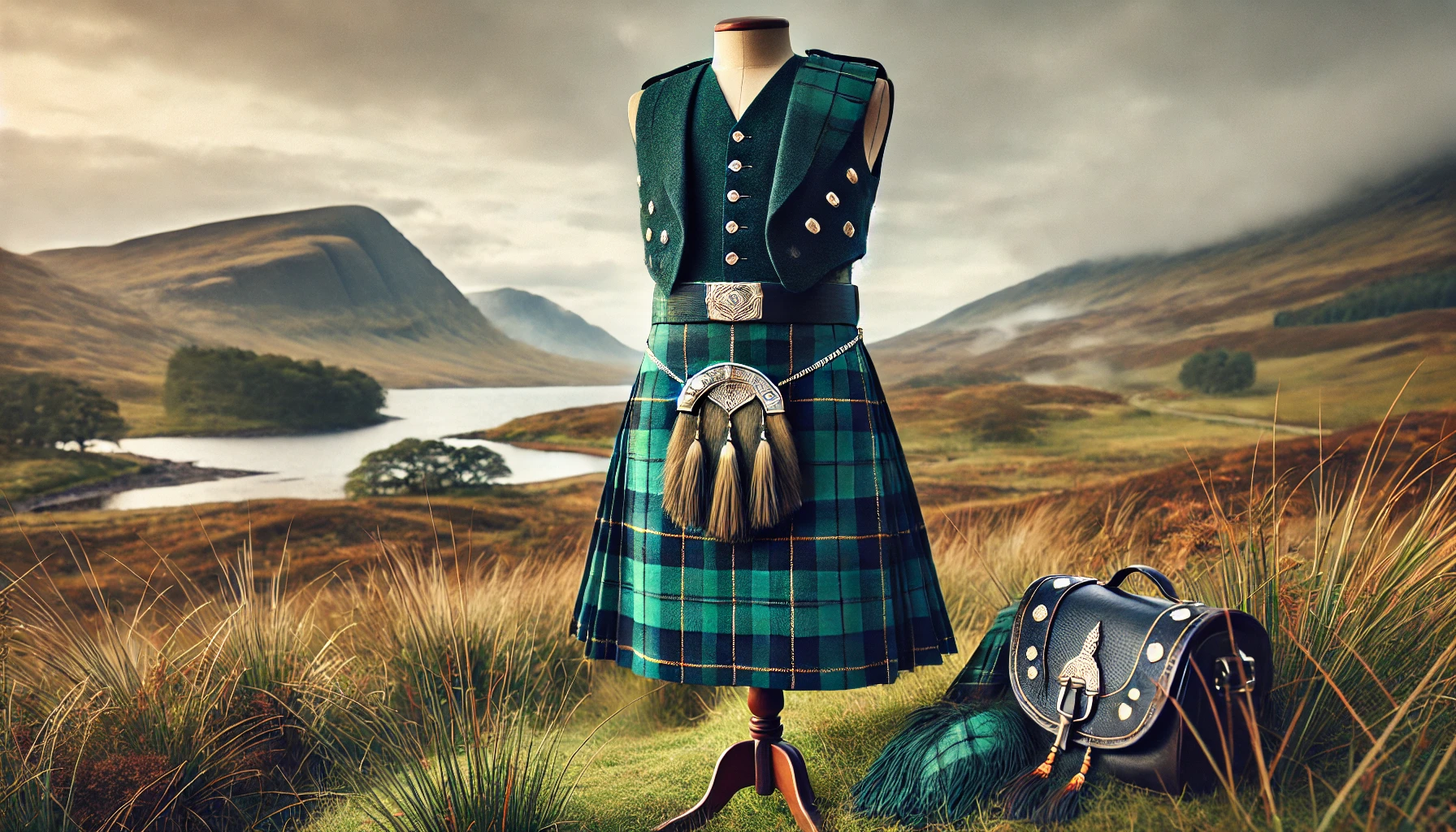
The kilt, a symbol synonymous with Scotland, holds a significant place in the heart of Scottish heritage. These beautifully woven pieces of attire are far more than just garments; they represent centuries of tradition, culture, and pride. From the ancient highlanders to modern celebrations, the kilt has been at the center of Scottish identity. In this comprehensive guide, we’ll explore the origins, evolution, and craftsmanship of the traditional Scottish kilt, delving into how it has become a timeless symbol of national pride.
The Historical Origins of the Scottish Kilt
The history of the kilt dates back to at least the 16th century, though its exact origins are difficult to trace. What is certain is that the kilt began as a practical piece of clothing, worn by highland clans for its durability, warmth, and mobility in Scotland’s rugged terrain. Known as the “féileadh mòr” or “great kilt,” it was a full-length garment made from wool and wrapped around the body in a way that protected the wearer from harsh weather while allowing freedom of movement.
During this period, the kilt was not the tailored, knee-length garment we recognize today. Instead, it was a large piece of cloth, typically measuring 5 to 7 yards in length, which could be draped over the shoulders or used as a blanket during the night. Its design was simple, but the great kilt served multiple purposes, making it an essential item for highlanders who often lived in difficult conditions.
By the early 18th century, the great kilt had evolved into a more refined garment. This was partly influenced by the introduction of new weaving techniques, which allowed for the production of tartan patterns—a hallmark of modern kilts. Over time, this led to the creation of the “féileadh beag” or small kilt, the shorter version of the garment that is more common today.
The Evolution of Tartan: More Than Just a Pattern
Tartan is an integral part of Scottish kilts and plays a key role in their cultural significance. A tartan is a distinctive pattern of crisscrossed horizontal and vertical bands in multiple colors. But tartan is much more than a fabric; it is steeped in tradition and holds a deep connection to Scottish clans.
Before the 19th century, tartans were primarily regional in design, meaning that the colors and patterns were linked to specific areas of Scotland rather than particular families or clans. The colors were often determined by local dyes, and the patterns were relatively simple. It wasn’t until the mid-1800s that the association between tartan patterns and clans became formalized, thanks largely to the efforts of Sir Walter Scott and the Romantic movement, which revived interest in Scotland’s history and traditions.
By the time of Queen Victoria’s visit to Scotland in 1842, tartan had become a symbol of Scottish identity. The British royal family embraced the fabric, and it became fashionable among the elite. This sparked a surge of interest in tartan, leading to the development of specific patterns for individual clans—a tradition that continues to this day.
Today, there are thousands of registered tartans, each with its own unique design and historical significance. Some are centuries old, while others have been created more recently to commemorate specific events or people. For Scots and those of Scottish descent, wearing the tartan of their clan is a source of pride and connection to their ancestors.
The Craftsmanship Behind Kilts: A Masterpiece in Fabric
Kilts are more than just pieces of cloth; they are works of art crafted by skilled artisans. Each kilt is custom-made to fit the wearer perfectly, and the process of creating a traditional kilt is a time-consuming and labor-intensive endeavor. It begins with the selection of the tartan, which must be carefully woven to ensure that the patterns align correctly.
The fabric used for kilts is typically wool, chosen for its durability, warmth, and ability to hold pleats. Kilts are pleated at the back, while the front features smooth, flat panels. A properly made kilt requires between 8 to 9 yards of fabric, depending on the size of the wearer and the style of pleating.
Once the fabric is woven, it is cut and sewn by hand, with great care taken to ensure that the pleats are evenly spaced and that the tartan pattern is matched precisely. This precision is what gives kilts their characteristic neat appearance. After the sewing is complete, the kilt is pressed and ironed to ensure that the pleats remain crisp and sharp.
One of the most distinctive features of a kilt is the sporran, a pouch worn at the front. Originally, the sporran served a practical purpose, providing the wearer with a place to store small items, as kilts do not have pockets. Today, sporrans are often elaborately decorated and are considered an important accessory, completing the kilt outfit.
The buckle, belt, and kilt pin are also important elements of the traditional kilt ensemble. Each of these components is carefully chosen to complement the tartan and add a touch of elegance to the outfit. The kilt pin, in particular, often holds personal significance, as it may feature family crests or other symbols of heritage.
The Symbolism of Kilts in Modern Scotland
Kilts are much more than a nod to the past—they continue to hold significant meaning in contemporary Scotland. While kilts are no longer everyday wear, they are frequently donned during formal events, particularly those celebrating Scottish heritage and culture. Weddings, Highland games, and important national events such as Burns Night see many Scots proudly wearing kilts, reinforcing the garment’s cultural importance.
Beyond their use in special occasions, kilts are also worn as a sign of solidarity and pride by members of the Scottish diaspora around the world. For those with Scottish ancestry, wearing a kilt, particularly in the tartan of their family or clan, offers a tangible connection to their heritage, even when living far from their ancestral homeland. The kilt thus serves as a reminder of Scotland’s enduring cultural legacy, regardless of where one might reside.
Kilts are also frequently worn by members of Scottish pipe bands, both in Scotland and abroad. These musicians play an important role in keeping traditional Scottish music alive, and the kilt, with its distinctive tartan patterns, is an integral part of their identity. The sight of a pipe band in full dress, with kilts swaying in unison to the rhythm of the bagpipes, is a powerful representation of Scotland’s vibrant culture.
The Global Appeal of Kilts: A Fashion Beyond Borders
In recent years, the kilt has transcended its Scottish roots, becoming a global symbol of fashion and individuality. Designers from around the world have embraced the garment, reinterpreting it in creative ways that maintain its traditional appeal while infusing it with modern sensibilities. The kilt’s timeless design, combined with its bold patterns, has made it a favorite among those looking for a unique and stylish alternative to conventional menswear.
Celebrities and public figures, including musicians, actors, and athletes, have been seen wearing kilts at high-profile events, further popularizing the garment outside Scotland. These appearances have helped to cement the kilt’s reputation as a statement piece, suitable for both formal and casual occasions.
One of the reasons for the kilt’s global appeal is its versatility. While it remains steeped in tradition, the kilt can be adapted to suit various styles and personal preferences. Some may choose to wear a kilt in the traditional manner, complete with a sporran, jacket, and hose, while others may opt for a more contemporary look, pairing the kilt with a simple t-shirt or jacket. Regardless of how it is worn, the kilt continues to capture the imagination of people around the world.
In addition to its fashion appeal, the kilt also holds meaning as a symbol of cultural pride and identity. Scottish-themed events, such as Highland games and cultural festivals, are held in countries as diverse as the United States, Canada, and Australia, where participants often wear kilts as a way of celebrating their Scottish heritage. These events serve as a reminder of the global reach of Scottish culture and the enduring popularity of the kilt.
The kilt has journeyed from the hills of the Scottish Highlands to become a cherished symbol of cultural identity, craftsmanship, and fashion across the globe. From its origins as a practical garment worn by highlanders to its current status as a symbol of pride and individuality, the traditional Scottish kilt continues to capture the hearts and imaginations of people everywhere. Whether worn during celebrations of Scottish heritage or as a bold fashion statement, the kilt remains a timeless expression of Scotland’s enduring legacy.

